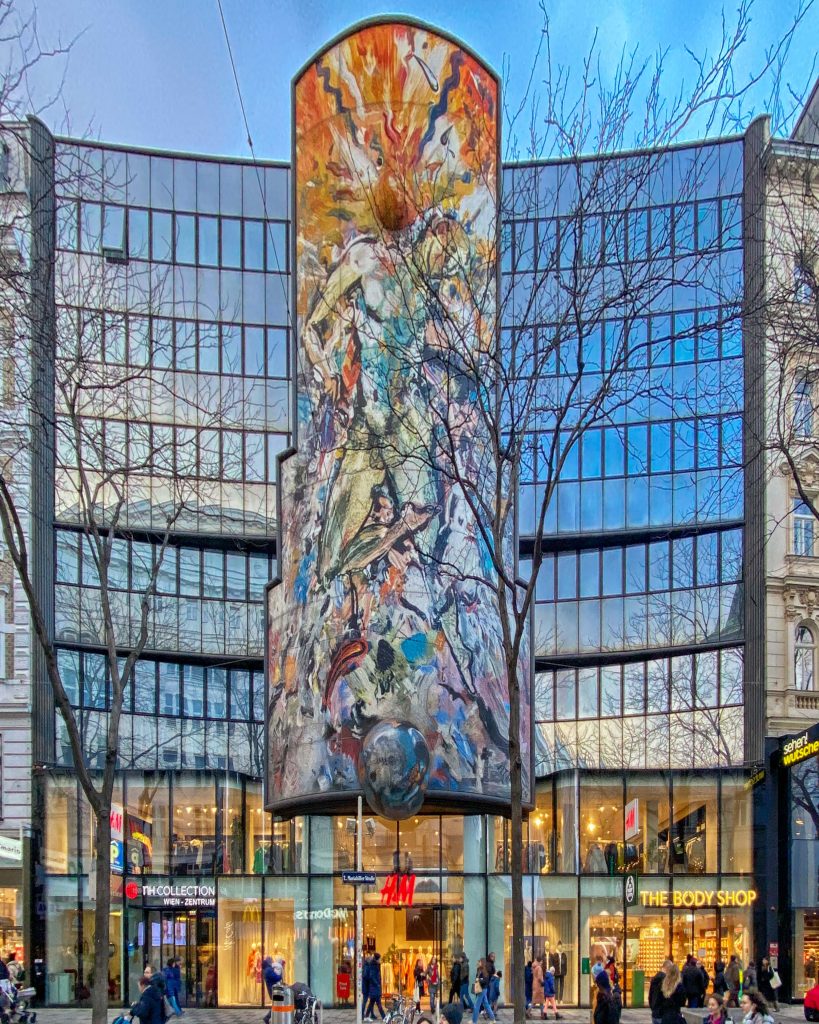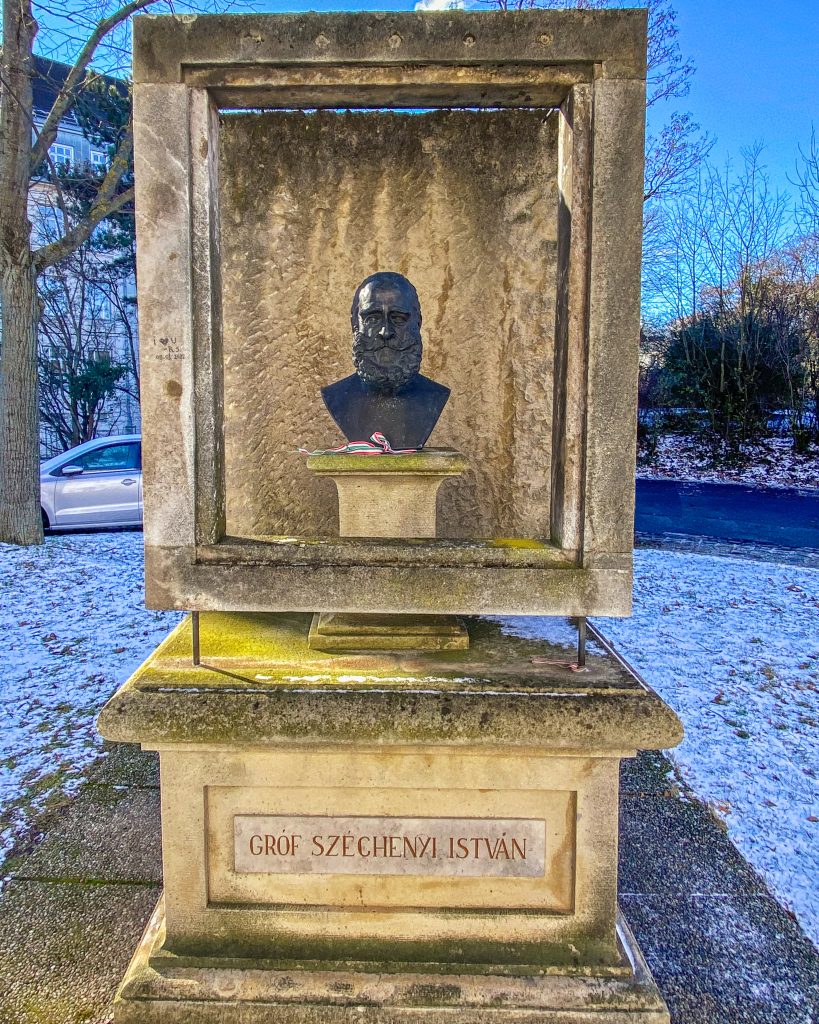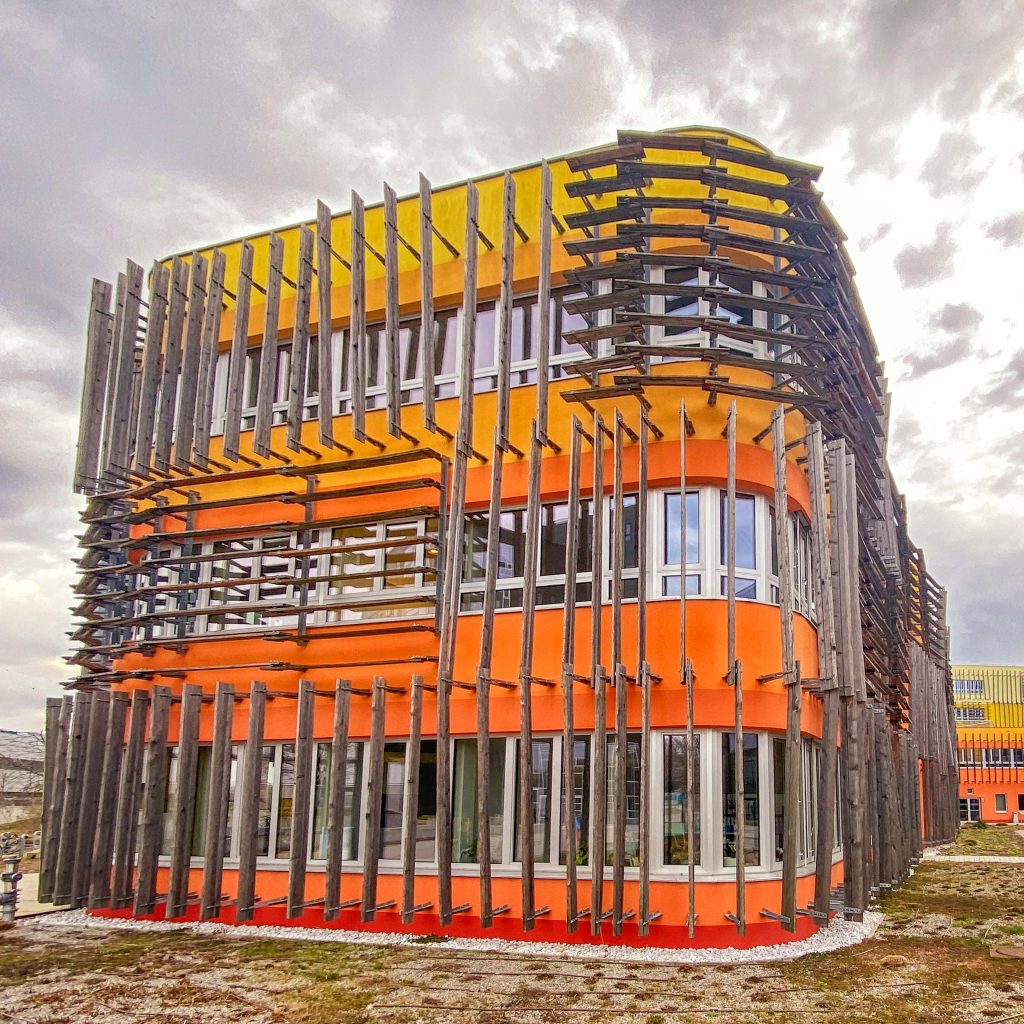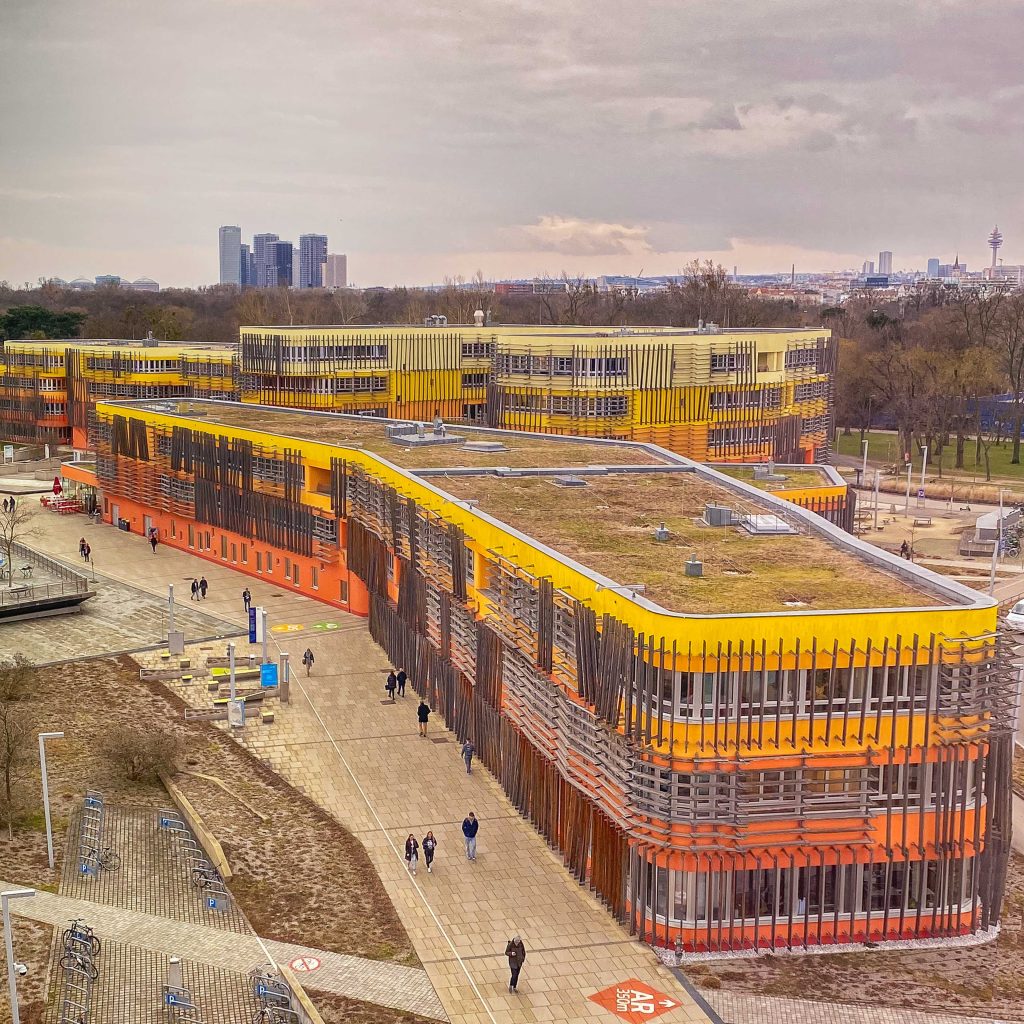Theater Ronacher

The Theater Ronacher of 1872 was originally planned by Ferdinand Fellner & Sohn for the German theater director Heinrich Laube. After 20 years of successful management of the Burgtheater, Laube was rudely replaced and, together with the publisher of the „Neue Wiener Presse“ Max Friedländer, decided to build a privately financed rival theater to the Burg. This developed into a legendary duel between the houses, which was abruptly interrupted by a fire 12 years later.
The theater entrepreneur Anton Ronacher had the ruins rebuilt by the theater architects Fellner and Helmer in 1888 as the „Konzert- und Ballhaus Ronacher“. The building, which was repeatedly adapted, was used after WWII as an alternative stage for the castle, then later for TV productions and, after 10 years of vacancy, was expanded by the Vereinigen Bühnen Wien as a musical stage with more than 1,000 seats.
After a general renovation, in the 2000s there was still a controversial roof extension of the on 3 sides free-standing theater building in historicism with temple facade by Arch. Günter Domenig.






